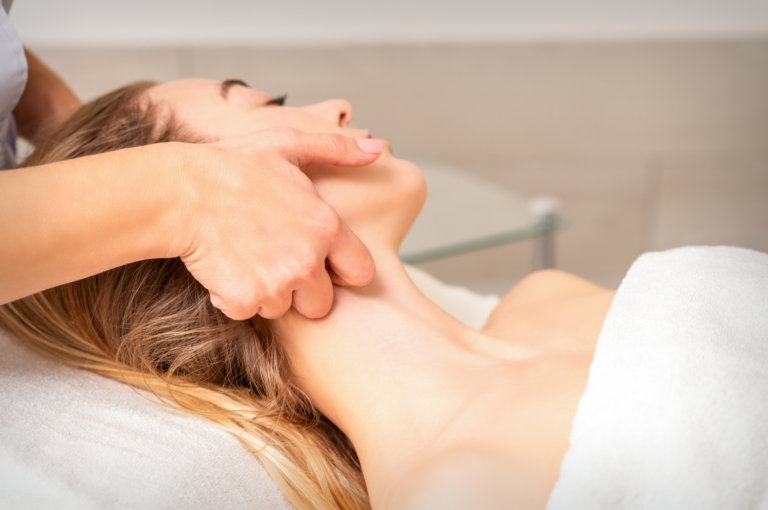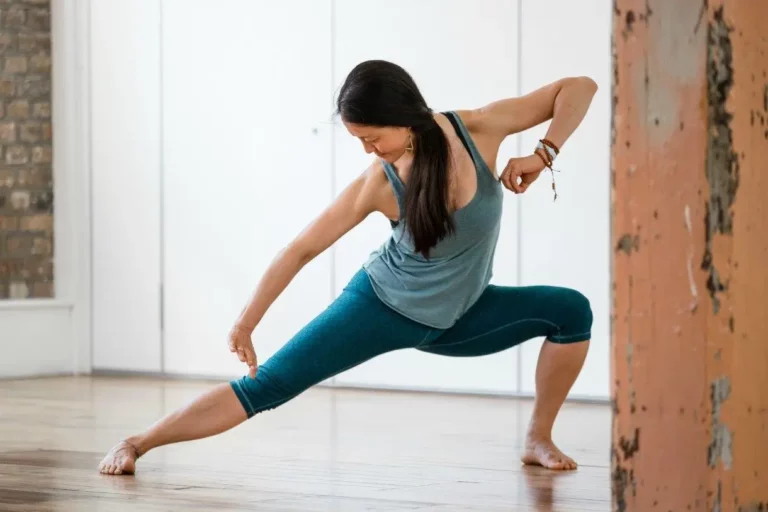For vinyasa flow practitioners, śavāsana can feel like an afterthought; a spare few minutes to let your sweat dry and heart rate slow down. Some of us easily surrender to rest, others twitch and squirm, and the occasional over-tired one lets out low but insistent snores. Śavāsana allows a needed opportunity for muscles to rest, but beyond this its importance is underestimated and misunderstood. One by one, let’s address its mysteries and opportunities.
What’s with the name?
Śavāsana translates somewhat macabrely into “corpse pose”. So what, or who is dead? Lessen the doom and gloom and instead think of a conscious surrendering or letting go. Let go of the practice and its perceived successes and failures. Let go of physical tension in the body. Let go of preconceived ideas of who you are. You are left then with a felt experience of what remains when all egoic labels are stripped away. It is a taster of ego-less self. When you exit the pose, aim to begin anew free of these attachments.
What do I actually do in the pose?
It is essential that your body feels comfortable, or much like the Princess and the Pea, you’ll notice every little ache, itch, or asymmetry. If your back hurts, place a bolster underneath your knees. If your chin is higher than your forehead, place a blanket underneath your head. Keep warm with a blanket. Cover your eyes with an eye bag to block out light – the slight compression of the eyes with the weight of the bag will stimulate the oculocardiac reflex, which lowers the pulse rate. It may seem a faff to grab the props, but it’s worth it.
What do I think about?
It is vital to understand that this is a pose of focused and embodied awareness. You don’t just clock out. First, set an intention that you are here to rest and surrender. Without this intention you will on some level resist and cling to distraction and racing thoughts. Then, notice the breath without changing it. Scan your body and mind without judgment. What do you feel? Rest, and breathe with what arises. In response, there will be a natural quieting and dissipation of tension. With practice, you learn to let go of your personal supply of blocks and barriers.
Is it sleep?
No, but if you fall asleep you probably need it. Go to bed earlier or have your teacher elevate your torso with blankets or a bolster so it is less tempting to drift off.
How long do I stay in it?
You need at least five to ten minutes, although in restorative classrooms you may stay in the shape upwards of twenty minutes to experience its full power.
What’s the point?
The combination of a resting intention, comfort, embodied awareness, breath, warmth, and darkness creates the conditions in which the nervous system will be stimulated into a rest and digest response. Meaning, you relax in a way that is potentially more powerful than sleep.
Adam teaches Vinyasa Flow in Soho on Mondays at 12.15pm and Thursdays at 10.15am. He also teaches yoga in Soho on Wednesdays at 5.00pm and Thursdays at 1.30pm.










